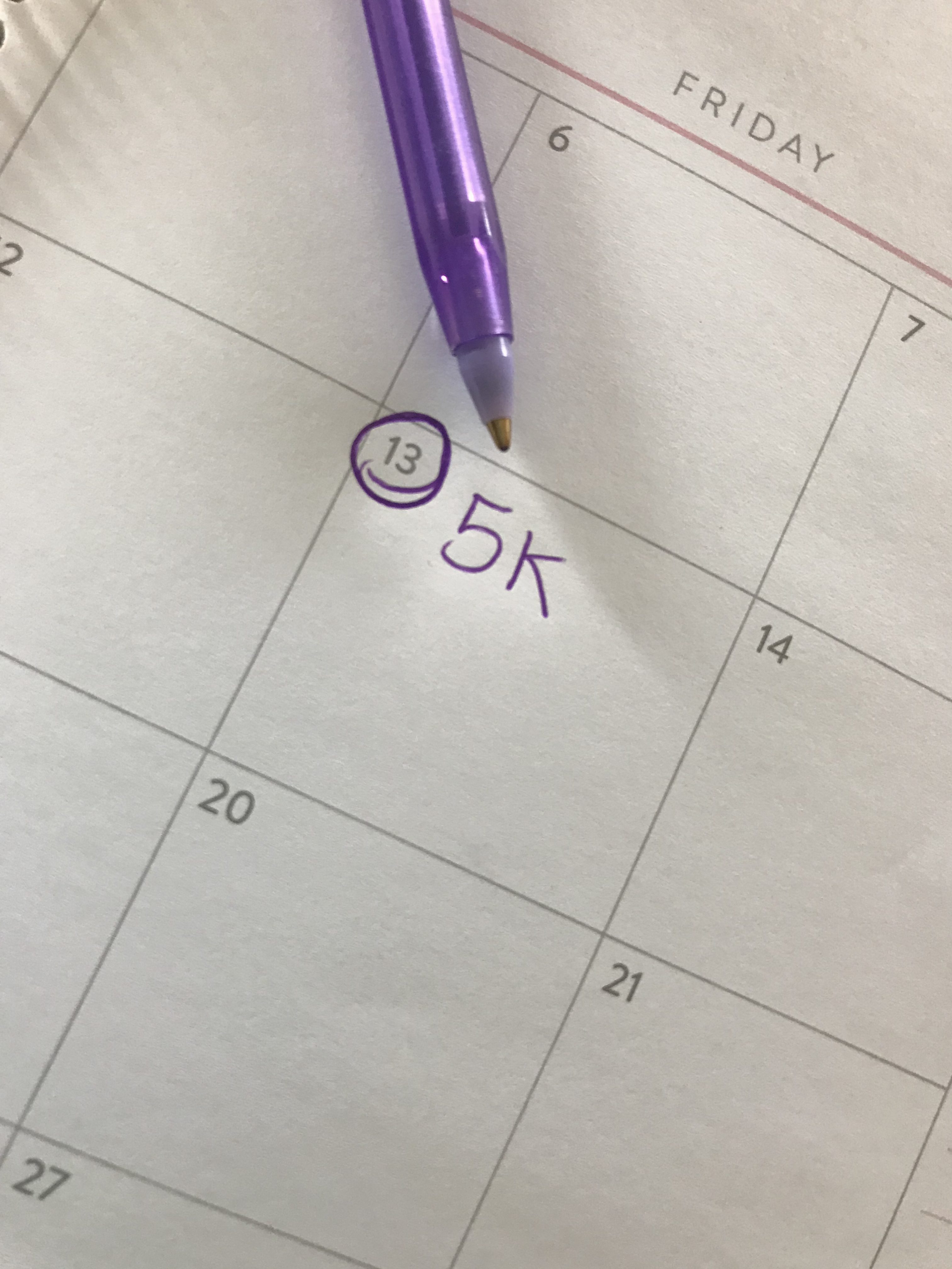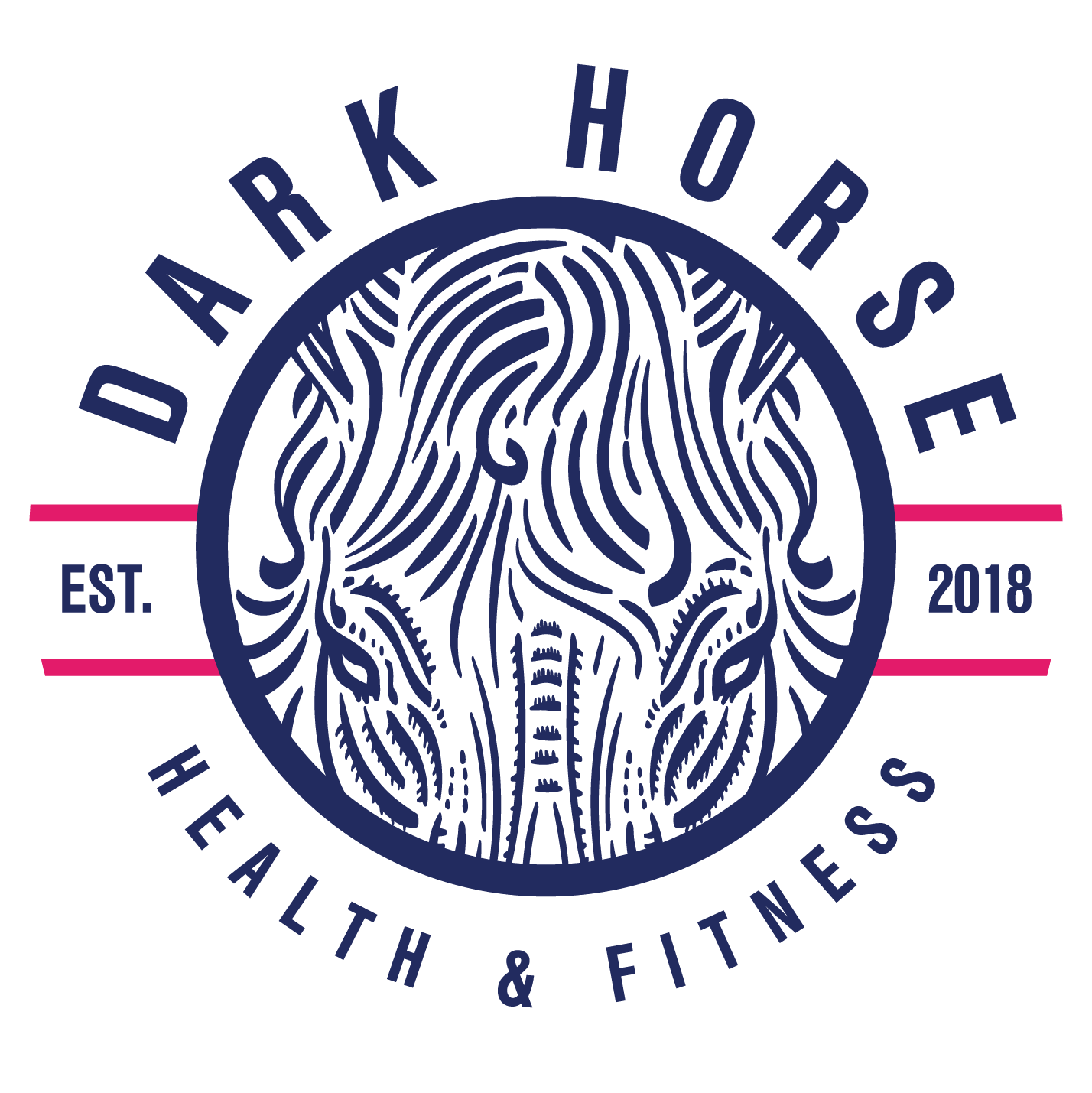We all have things we want to accomplish, be it health related or in life in general. But there is a big difference between WANTING something, and getting it done. Wanting is quite simply, not good enough. The key to actually reaching your goals is to go in with a plan. A clearly defined plan is the key to success…it is a reminder when you get sidetracked and a motivator when you feel like progress has stalled.
So, just how do you go about setting goals? A good framework to follow is to create SMART goals which can be used for both long-term and short-term goal settings. SMART is an acronym that means the following:

Let’s dig into these a bit!
1. SPECIFIC
When creating your goals, you need to be as specific as possible. It helps to paint a better picture as to where you are going. For example, getting in shape and feeling better are very vague goals. If getting in shape and feeling better is important to you, fair enough. But ask yourself what exactly does this mean to you? How do you want to feel? What is it you want to change. Perhaps getting in shape means you are able to run 5k without stopping. Or maybe it means that you lose 15 lbs. Or maybe it means you compete in a weight-lifting competition. Regardless of your own personal definition, be as very specific about what you want to achieve.
2. MEASURABLE
Often times when you become specific in your goals, they automatically become measurable. But you should always create a goal with a tangible end in mind. You need to know that you’ve arrived. So obviously, with our goals above, you know you are in better shape because you determined that your indicator was being able to run 5k. Or the scale is able to measure that 15 lb weight loss. But not only does creating measurable goals show you the end point, it also allows you to track your progress. It can keep you motivated when the going gets tough. It can also be empowering as you inch closer to reaching your goal, giving you the extra drive to push a little harder.
3. ACTION ORIENTED
You know what you want to achieve. The question now is how? This is where you plan exactly how you are going to reach your goal. The age old saying “Those who fail to plan, plan to fail”, is pretty applicable and this may be the most important piece to the puzzle. You need to define, step for step what you need to do to move forward.
So let’s go back to the example of being able to run 5k without stopping. How are you going to build to that? Your action plan might begin to look something like this :
1. I will run 3 days a week.
2. I will start by running 30 seconds and walking 30 seconds for 5k. I will do this for 2 weeks.
3. I will increase my running time to 1 minute followed by a 30 second walk and repeat these intervals for the duration of the 5k. I will do this for 2 weeks.
4. I will increase my running time to 2.5 minutes followed by a 30 second walk and repeat these intervals for the duration of the 5k. I will do this for 2 weeks.
5. I will increase my running time to 5 minutes followed by a 1 minute walk and repeat these intervals for the duration of the 5k. I will do this for 2 weeks.
6. I will increase my running time to 10 minutes followed by a 1 minute walk and repeat these intervals for the duration of the 5k. I will do this for 2 weeks.
7. I will run 5k without stopping.
Keep in mind that your plan might look very different than someone else’s plan who has the same goals, and that’s ok! Just develop your action steps…and follow them.
4. REALISTIC
Goals should always be realistic and attainable. It is soul crushing to have your heart set on a goal and not be able to attain it when it wasn’t realistic in the first place. Signing up for a 5k that is 2 weeks away and expecting yourself to run it without stopping when you haven’t been physically active for months, is not setting yourself up for success. Realistic goals help you stay motivated. Now, all that being said, what do you do when you have a goal on a larger scale? For example, let’s say you want to compete in a triathalon. In that case, you follow this SMART goal framework and build a bunch of little goals that lead to the ultimate. Make sense?
4. TIMED
It is important that you give yourself a timeframe. A date gives a certain sense of urgency where as an open goal that you will complete at sometime won’t ever get done. This is the last step so our finished written 5k goal would look something like this :
“In 6 weeks, I will be able to run 5k without stopping by following the steps as outlined in the below action plan. “

There you have it. Goal setting is simple, and rewarding and the feeling of reaching something that may have looked a little daunting to begin with, is pretty empowering.
Often, my clients know what they want to achieve but they aren’t sure how to get specific about it and they don’t know the appropriate steps to take to reach those goals. That’s where I come in. Whether it’s nutrition related, fitness related or lifestyle related, I can help.

780-221-0477
Wye Road & Hwy 21
Sherwood Park, Alberta
Follow Us!